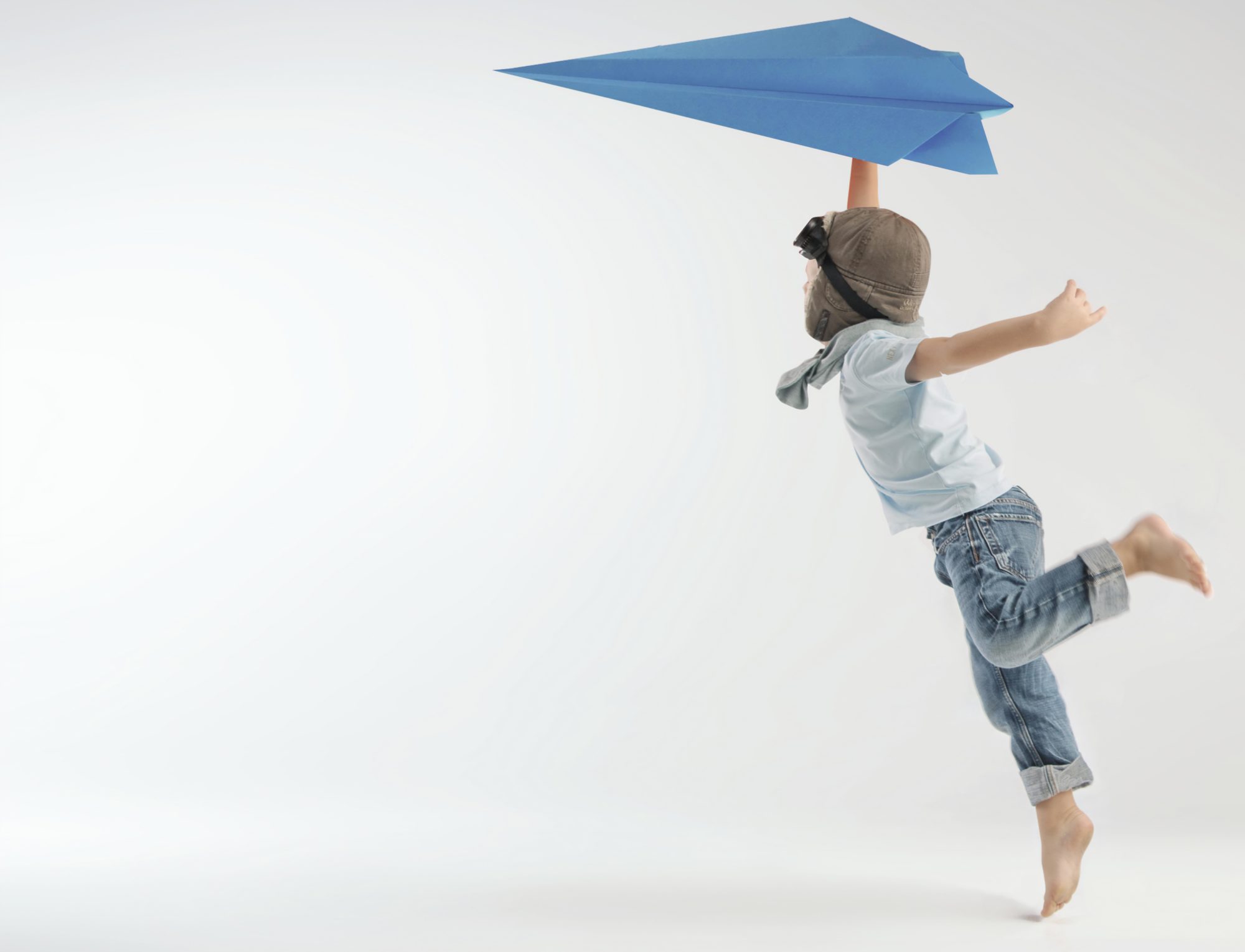
Messy play is a crucial part of a child’s learning and development. Children have an innate drive to explore and this exploration can come with a mess. This mess, while it can be off-putting for some is providing the child with opportunities to learn through their senses, build fine and gross motor skills, encourage problem solving, inspire language development, foster creativity and exploration, and promote the ability to play independently, and this is just naming a few of the many benefits.
Despite the many benefits some parents still struggle with the ability to let their child engage in messy play. Full disclosure I am one of those parents! My type A personality makes it extremely difficult for me to sit back, relax, and enjoy the mess. My brain starts racing and my hands itch to wipe and clean. I find this a huge irony given the career I chose, but the reality is that I have learned to love the mess because I have seen the benefits.
If you yourself find messy play a little cringe-worthy, please know you are not alone. It can often be more challenging for a parent then it is for the child. Here are a few tips you might be able to add to your toolbox to help you better embrace the mess.
Educate yourself– The good old saying “knowledge is power” really is true! Educate yourself on why messy play is important for your child. Knowing the reasoning, research, and science behind it can sometimes make it more tolerable.
Practice practice practice– The more you let your child get messy the easier it will become for you. You do not have to dive all in, start with small time periods and small messes.
Set a designated time and use a timer-I find a good time period to start is before bath, that way you know that the mess will only be temporary. Better yet let the messy play activity happen in the empty bathtub, the clean up is super simple and convenient. Use a timer to help you know how much longer until child is mess free. Timers are also a great way to help children with transitioning to the next task.
Set a designated area– This helps not only you, but your child know there is a designated area for messy play and makes the situation more predictable for you which can be comforting. It is OK to set boundaries around messy. (invest in some cheap shower curtain liners to throw on the floor)
Move messy play outdoors– Personally I am a lot more open to let my kids have free reign over mess when they are outside.. a lot less clean up for mom. An added benefit is nature is your built in sensory playground so let your child simply explore outside and know they are reaping many benefits.
Use big storage bins or baby pools-This helps a lot to contain the mess which can help cut down on your anxiety. This also provides kids with a visual boundary of where you expect the activity to occur.
Look into a sensory box subscription– This can be a wonderful option. There are so many options available. Many have the option to receive a different sensory box each month. This way someone else does all the gathering of materials, everything comes in it’s own nice little organize box, and has a great storage container for easy clean up. It takes a lot of the guess work out.
Know your limit– You may be OK with dry rice and beans getting on the floor(vacuum those suckers right up) but shaving cream and paint may send you into full panic. Please don’t push yourself too far for you and your child’s well-being. After all knowing is half the battle, (wink wink).
Don’t be afraid to pass the torch– Look guys the reality is that no matter what you do or how you set up the environment there are still some people who just can’t tolerate the mess, in the environment or on their child and that’s OK. Your emotional and mental health are number one! It’s perfectly fine to designate this task to another caregiver who has more tolerance( hello fun Aunt we see you)! Remember it takes a village, people!
I hope this information was useful and to all my fellow mess-avoiders, I see you, I was you, Hang in there….YOU GOT THIS.




